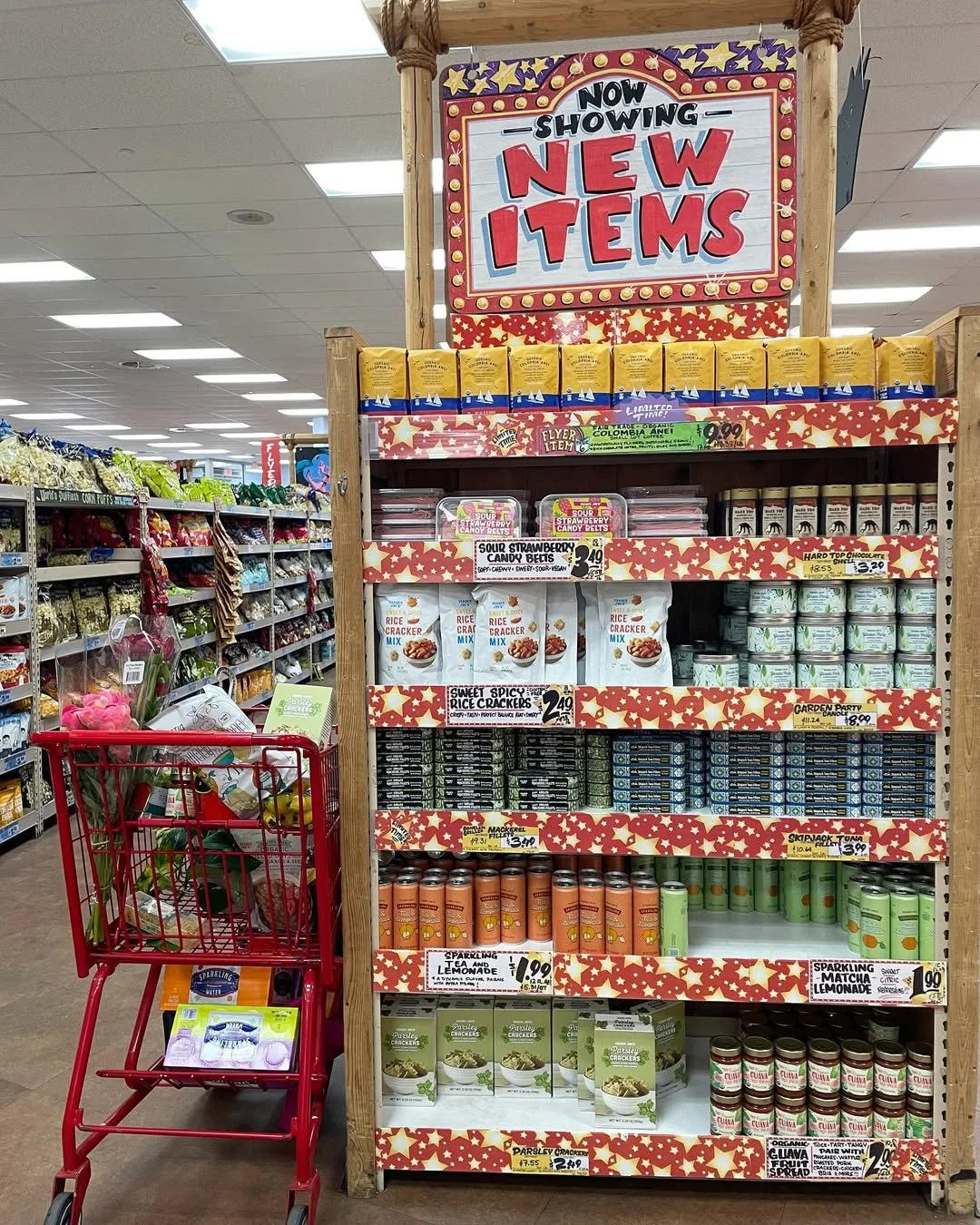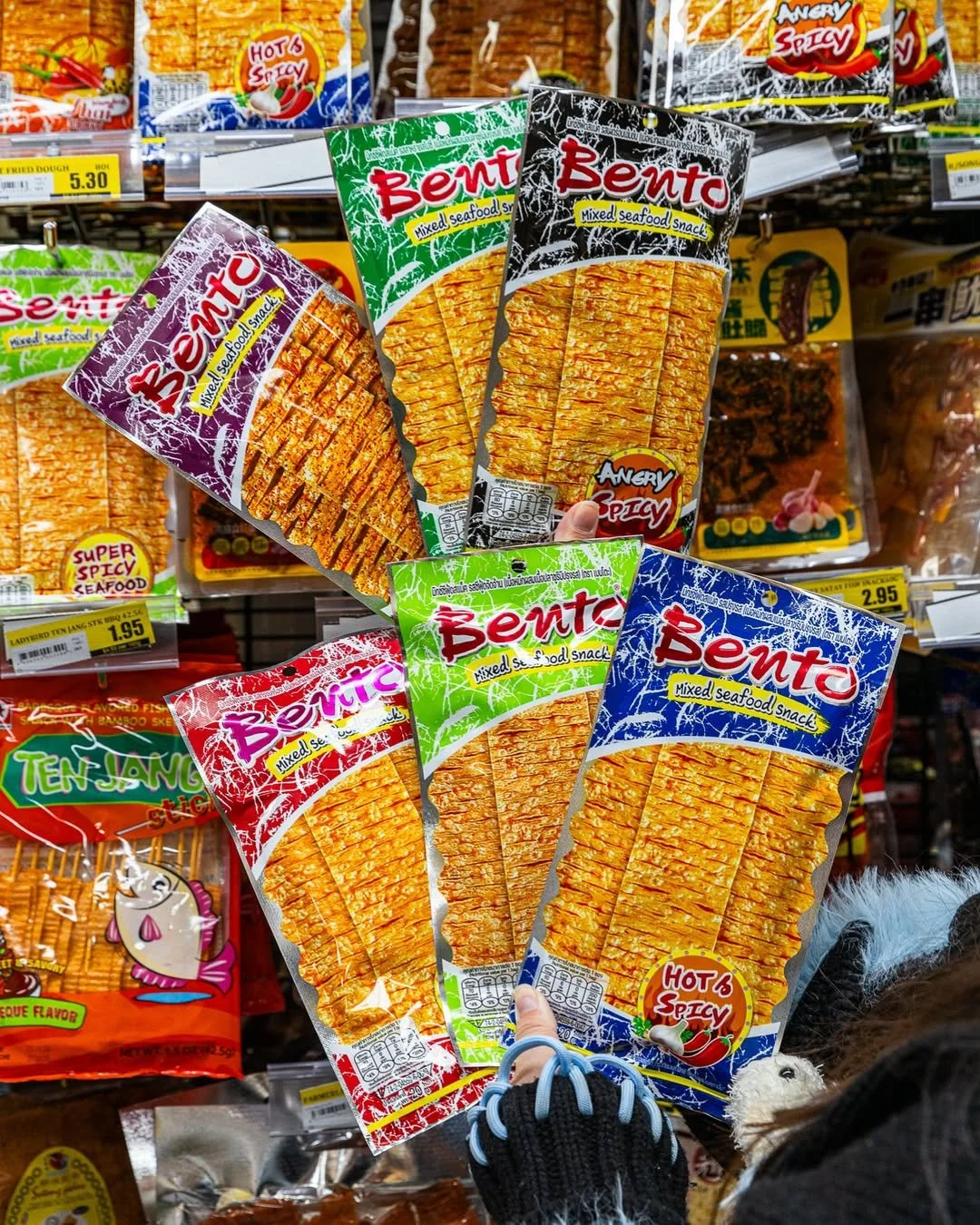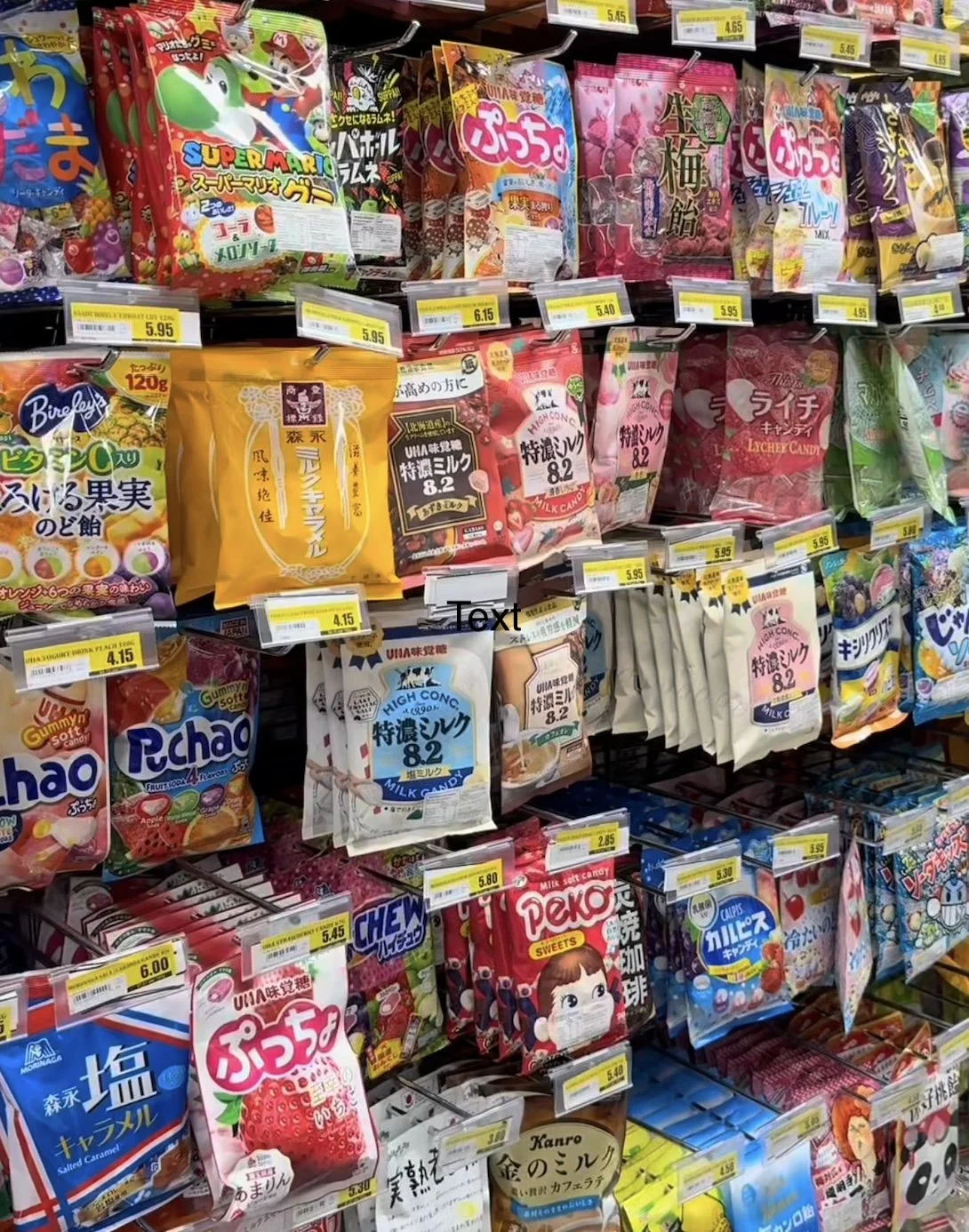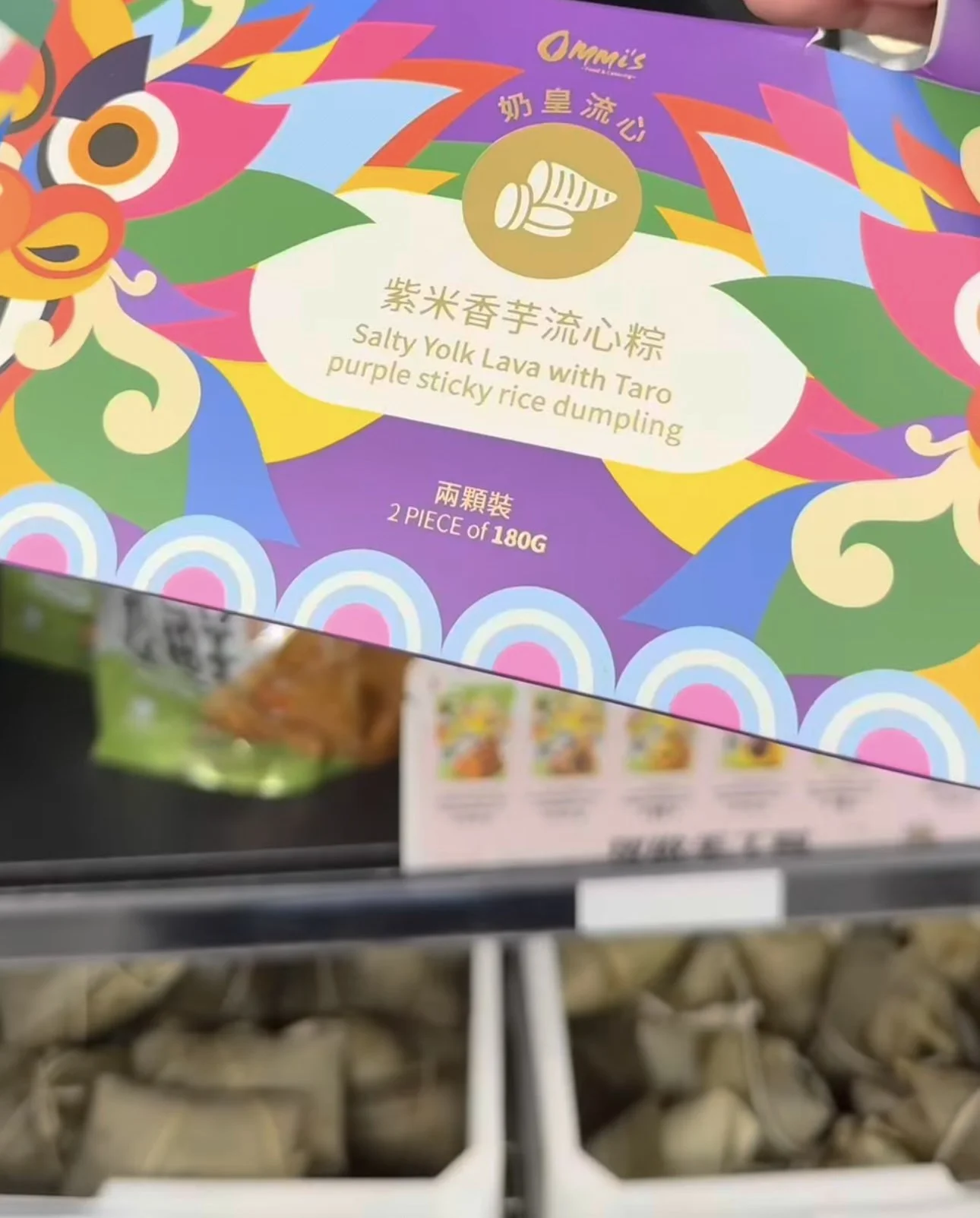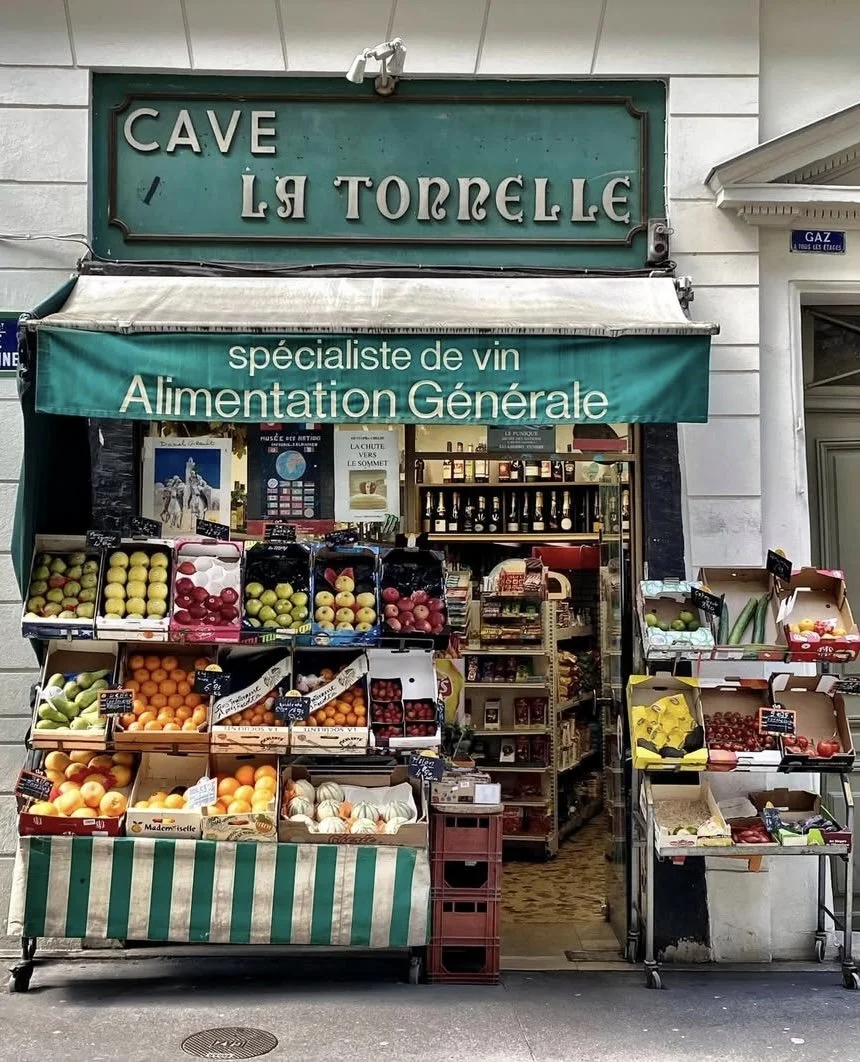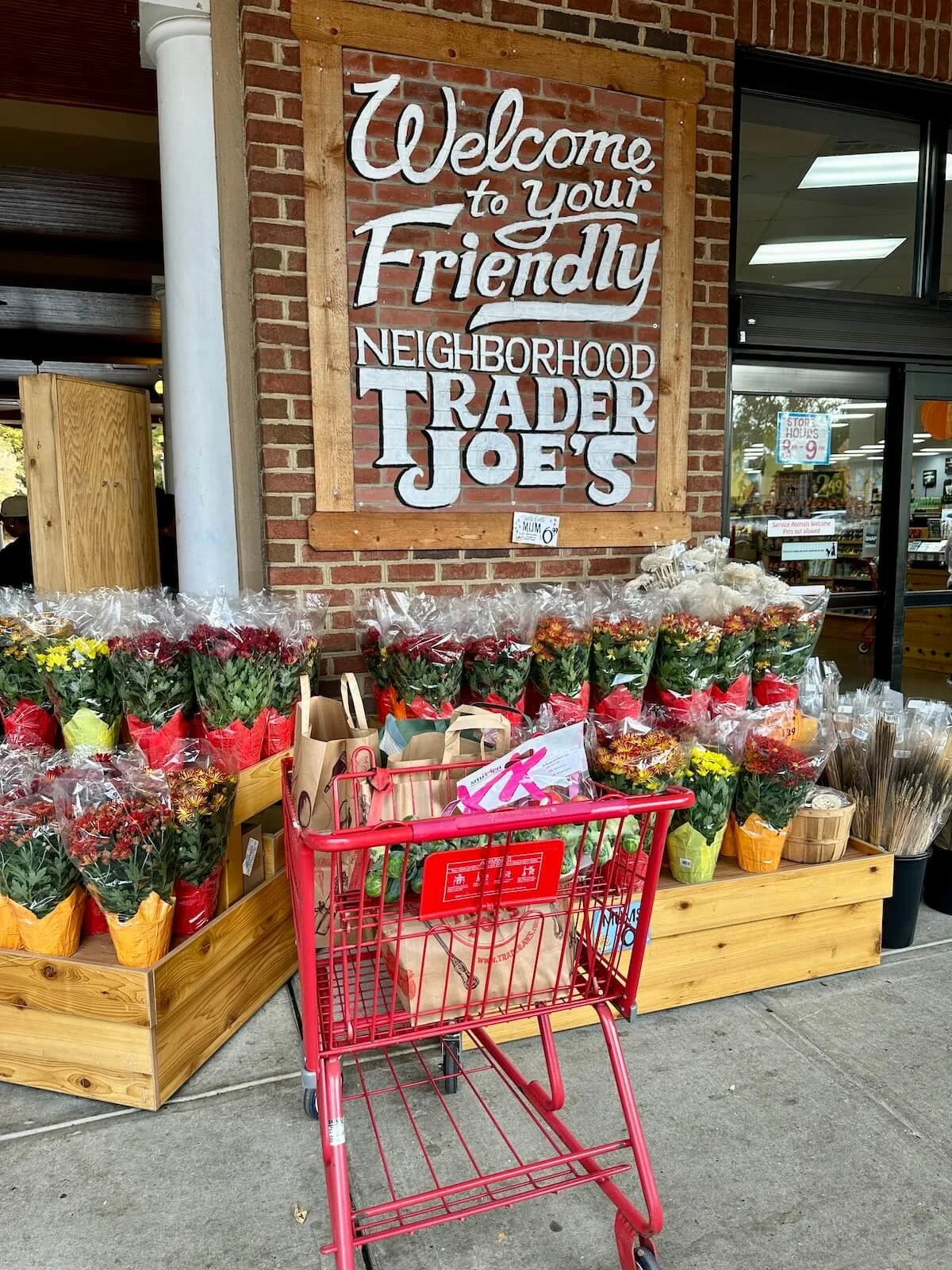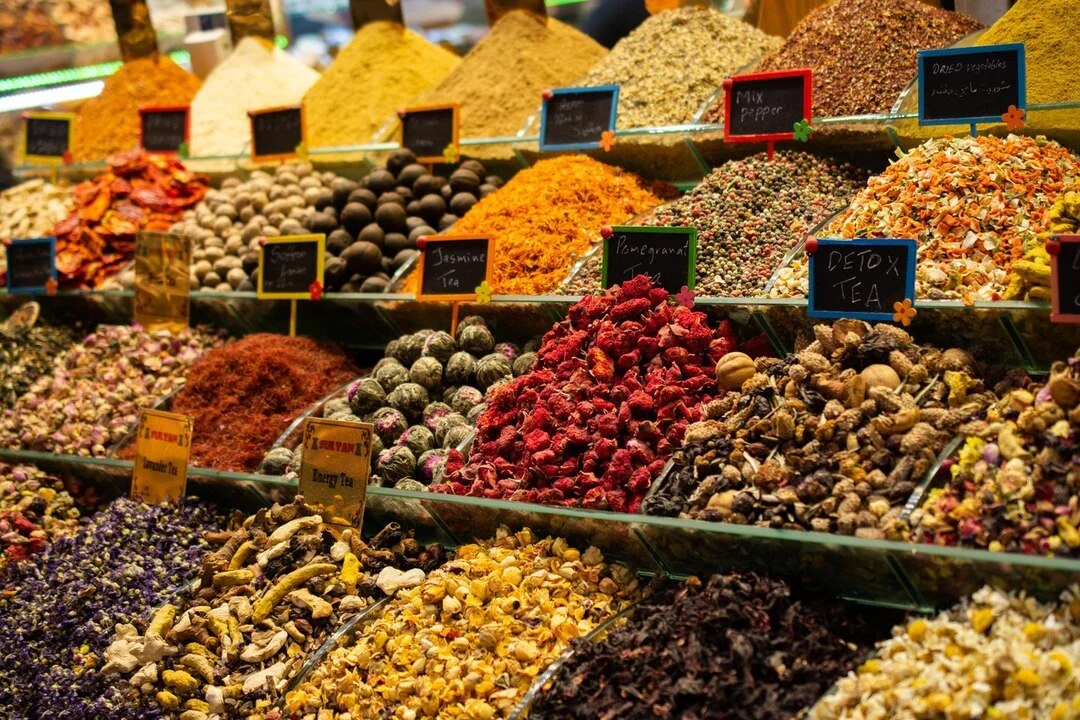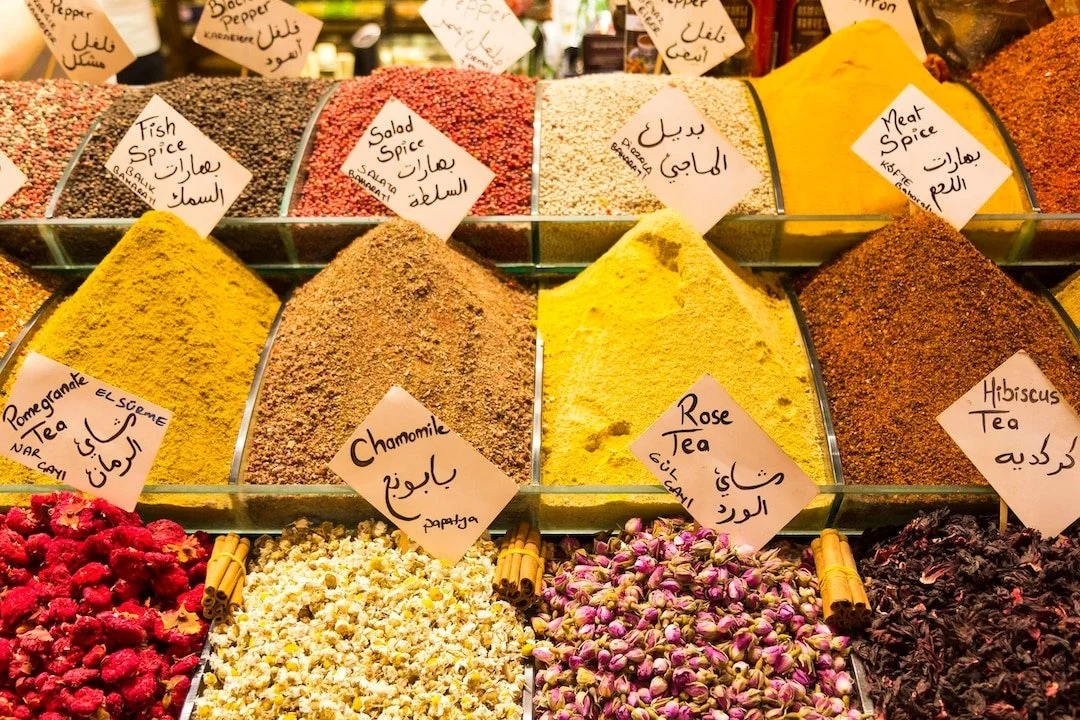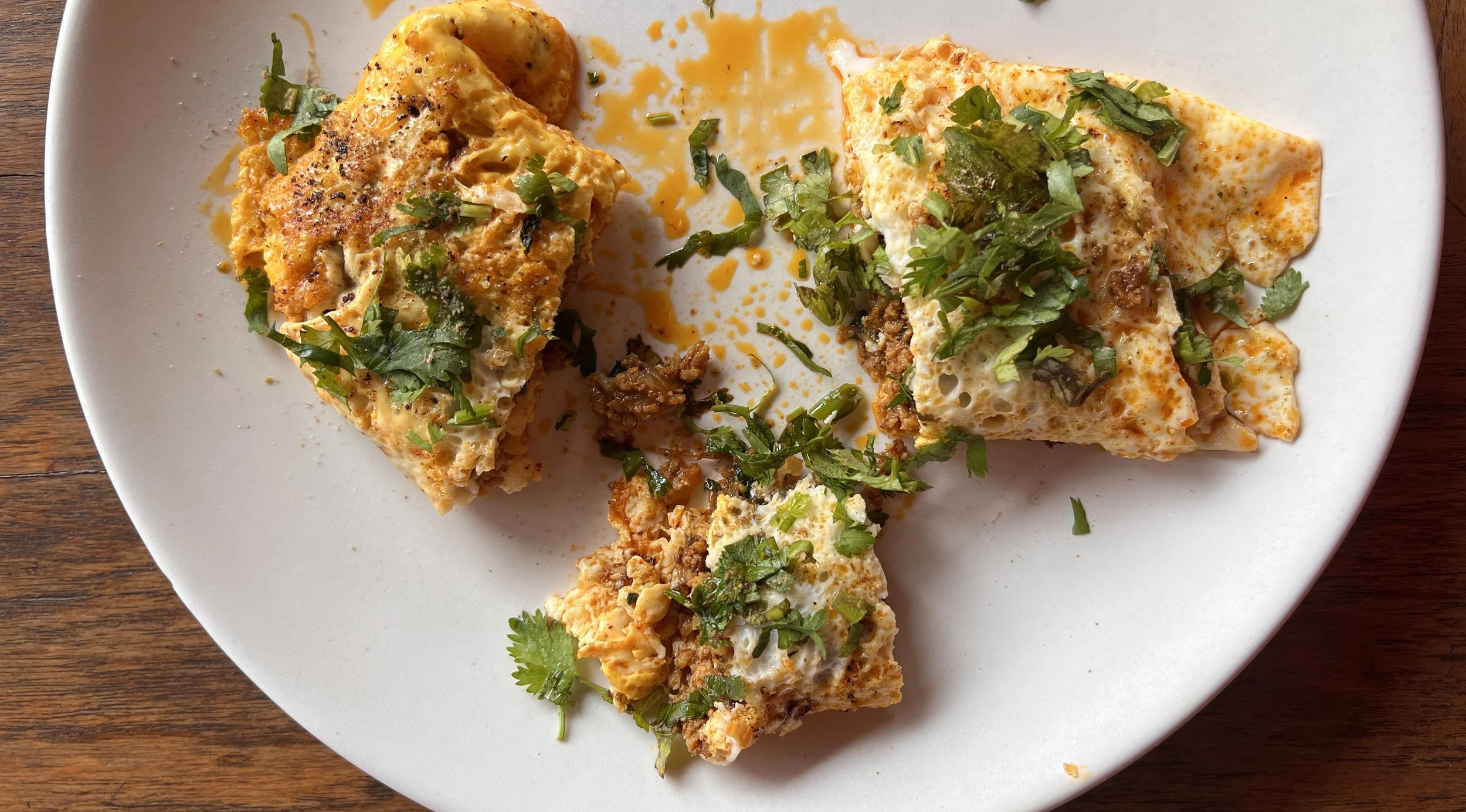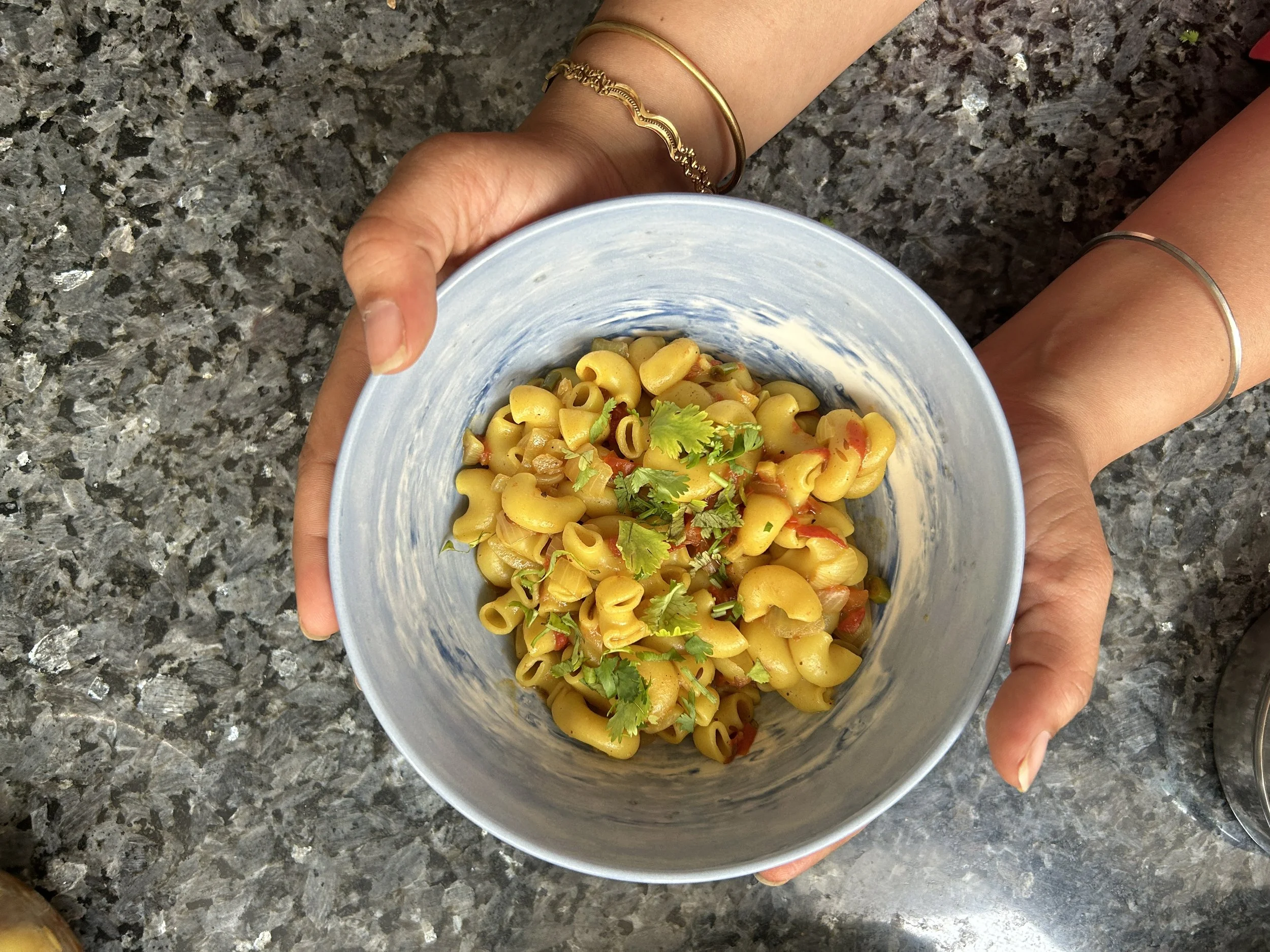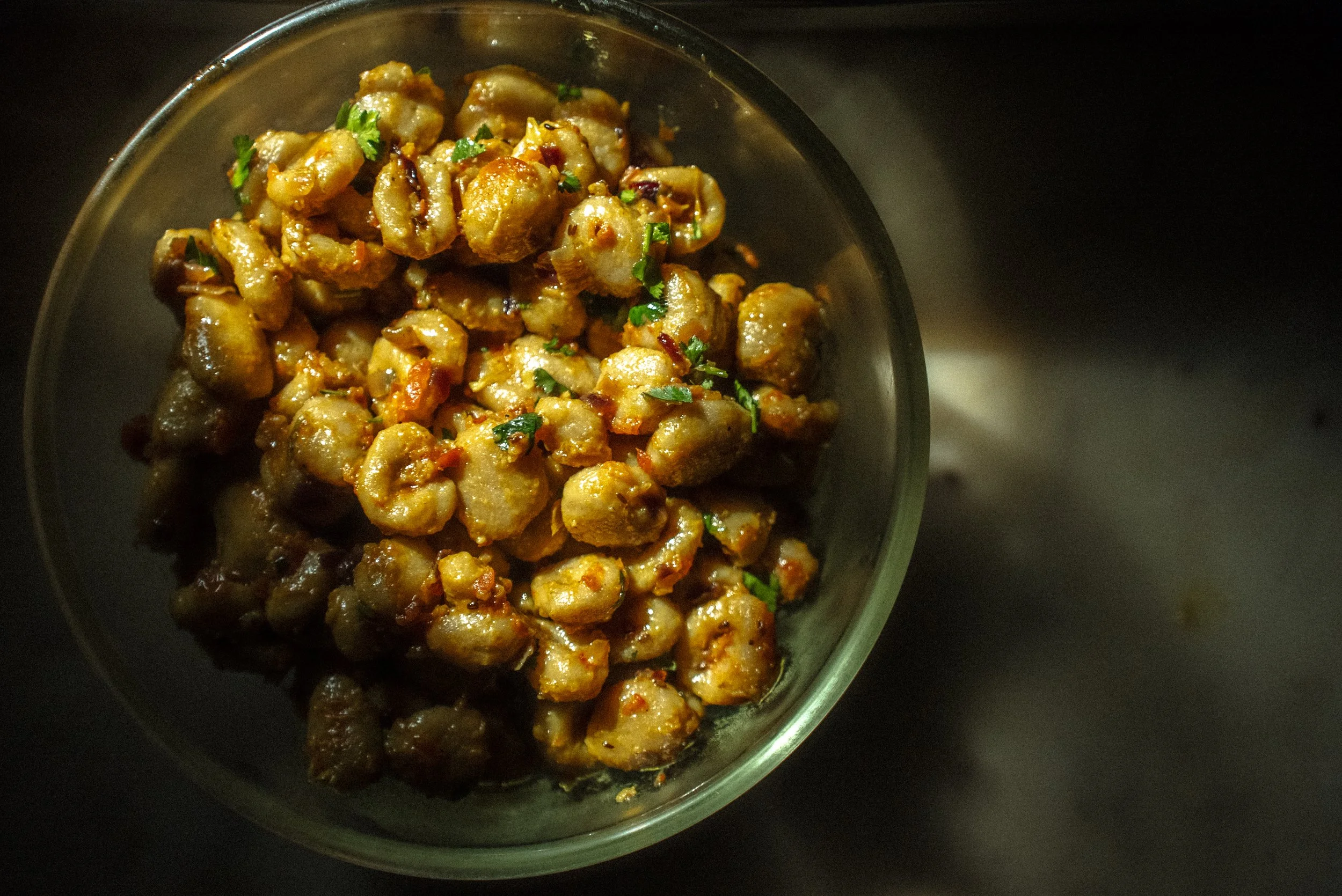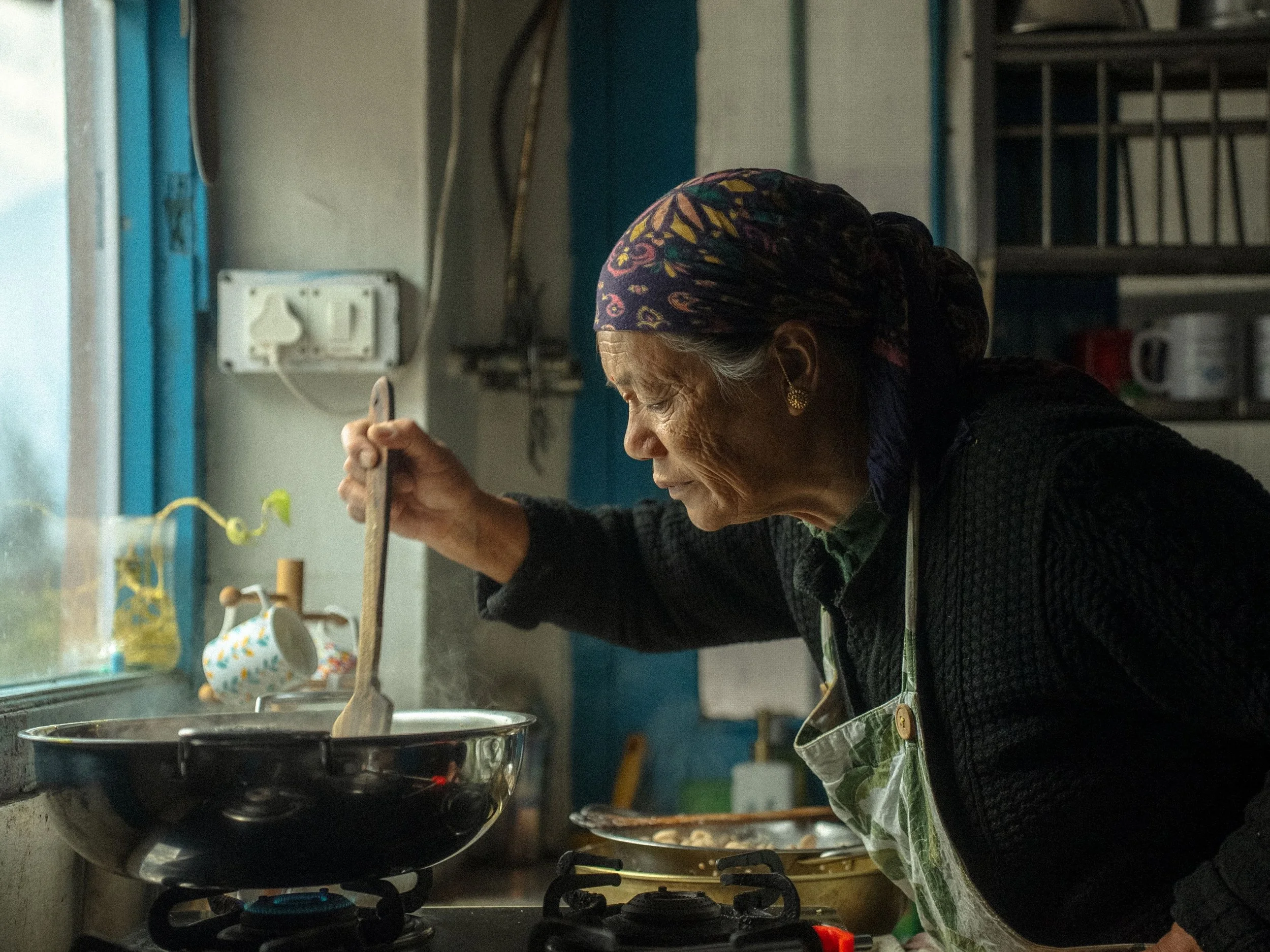Stop and Smell the Groceries

Forget the restaurant listicles. You want to know what a country's really into? Look at what’s in their snack aisle, their freezer section, their impulse-buy shelf at checkout. Try the soda that looks radioactive. Buy the snack your cab driver swears by. A grocery aisle can offer an intimate glimpse into a country's culinary soul and it's indulgences, finds Somika Basu.
There are many ways to know a place. You could scale its mountains, or wander its streets. There are travelers who follow Michelin stars, and those who chase skylines and sunsets. I, however, can be found somewhere between the dairy section and the spice aisle, staring at a bag of unfamiliar snacks with the reverence of a museumgoer before a Rembrandt.
In India, food shopping is rarely quiet or anonymous. At home, markets spill onto the sidewalk, shopkeepers know your brand of atta, and buying bananas comes with banter, bargaining, and the odd handful of free green chillies tossed into your bag (along with unsolicited life advice, if you’re lucky). And then you find yourself in a foreign grocery store — hushed and gleaming.
There’s something anthropological and almost voyeuristic about walking through someone else’s grocery store. It’s like being let into a country’s kitchen drawer: messy, revealing, disarmingly honest. You learn who refrigerates their eggs (Americans), who takes their butter seriously (the French), and who believes instant noodles can, and should, be a full personality (Thailand, with gusto).
Grocery stores are my compass to a country’s soul: What people put on their breakfast tables, what kids beg for after school, what grandmothers stir into soups. The essentials and the indulgences, things too small for guidebooks but too beloved to live without. Forget the restaurant listicles. You want to know what a country's really into? Look at what’s in their snack aisle, their freezer section, their impulse-buy shelf at checkout.
Tongues of Fire in Thailand
The first time I stepped into a 7-Eleven in Bangkok, it was 2 am; the air soupy thick with humidity and the ghost of grilled meat from nearby street carts. Inside: a riot of neon packaging and impossible choices. Crispy anchovies coated in palm syrup, banana chips laced with chili-sugar, rice sandwich triangles with glowing orange centres. I grabbed a cup of noodles with a fire-breathing squid on the label. The cashier shrugged and handed me a spoon. Outside on the sidewalk, I took a slurp. Spicy brine, lime, sweet, and fermented heat hit me like a four-car pileup. My eyes watered. My nose ran. A gecko chuckled overhead. That was the night I learned Southeast Asian convenience stores aren’t just for snacks — they’re portals into spice thresholds I didn’t know I had. Into textures I’d never dreamed were edible.
A single aisle can shock your senses, rewrite your spice tolerance, and tell you more about the region’s culinary DNA than a week of white-tablecloth dining. Then there’s the drinks. Part science lab, part Willy Wonka fever dream: grass jelly in syrup, tamarind soda, nuclear green pandan milk, and bottles of chrysanthemum tea. Texture triumphs here — bits that crunch, pop, and slide down your throat like aloe-slicked marbles. And always, durian. The fruit that’s been banned from public transport and hotel lobbies across Southeast Asia, but sits like royalty in every store. I’ve had it freeze-dried, candied, and folded into ice cream. Each time, it tastes like eating vanilla pudding in a room full of unwashed socks.
Each time, I try again, hoping I'll be a convert. Each time, I am not. What I love most is that nothing apologises for itself. These snacks don’t ask you to like them, their flavour isn't trying to be polite. They just exist — fermented, pungent, aggressive — waiting for your palate to catch up. You walk in looking for a local snack. You walk out with a tongue on fire, a newfound respect for texture, and maybe, if you’re lucky, a small, seasoned understanding of someone else’s home.
Soft Cheeses Pair with Strong Opinions in Europe
In Paris, I crafted my favourite girl dinner from an E.Leclerc haul: a packet of poulet rôti-flavored Lay’s, a tub of pre-sliced camembert, and a tiny bottle of Chablis. Legs dangling by the Canal Saint-Martin, it felt like something out of a Godard film, a meal I remember more than any I've had at a brasserie.
In Europe, grocery stores feel less like errands and more like quiet, devotional acts of everyday culture. You find yourself whispering in the aisles, so as not to disturb the dignity of a well-stacked shelf. Monoprix in Paris has jars of cornichons seated next to duck confit, vacuum-sealed raclette nestled beside salami speckled with fennel seed. Everything speaks of restraint and excess, side by side, which is possibly how the French prefer their lives.
A visit to Coop in Italy is a quiet masterclass in national identity disguised as a mundane task. The cheese aisle alone could start a family feud: wheels of sharp Parmigiano stacked like monuments, slabs of Pecorino and tubs of fresh burrata pillows waiting to collapse gloriously under your knife. Parmigiano Reggiano versus Grana Padano? That’s not a preference, that’s a loyalty.
Germany is a mood. Stoic, structured … then suddenly full of gummy bears. Haribo gets its own dedicated aisle. You go in for rye bread and emerge with sour cherries, anise wheels, and some existential questions. There’s no such thing as plain butter here; you’ll find quark whipped with herbs, cultured and aged like cheese. Germany doesn’t flirt. It tells you what’s good for you and then gives you cake for breakfast.
In Spain, shelves are stocked with canned seafood so beautiful they look like they belong in an art gallery. Razor clams lounging in sherry sauce, sardines reclining in olive oil with a lemon twist. Even the paprika comes in emotional shades: sweet, smoked, regretfully spicy.
Dutch supermarkets are filled with stroopwafels that lovingly stick to your fingers, pickled herring sweetened with onion, and peanut sauces that blend Indonesian heat with European comfort. Meanwhile, in Switzerland, Migros and Coop overflow with yogurt flecked with elderflower, bars of chocolate infused with pine liqueur or candied orange peel, and tiny pots of fruit cheese you eat with a spoon. The snack food might be subdued, but the dairy, breads, and condiments speak to centuries old philosophy: eat what is local, seasonal, and honest.
Too much? Never Heard of Her in America
Across the Atlantic, grocery stores in the United States are sprawling cathedrals of possibility. Where else can you find cauliflower gnocchi, birthday cake-flavoured popcorn, and vegan buffalo dip sharing shelf space? The first time I walked into a Trader Joe’s, I wasn’t sure if I was grocery shopping or filling out a personality quiz in snack form. I once spent twenty minutes trying to choose between organic wildflower honey and artisanal raw honey sourced from bees with excellent upbringings.
America believes in options. A Kroger or Wegmans will stock seventeen types of ranch dressing. Kale chips dusted with nutritional yeast sit beside double-stuffed Oreos with seasonal fillings — pumpkin spice in October, red velvet in February. Entire aisles are devoted to breakfast cereal, each box louder than the last, categorised less by fiber content and more by psychological profiles: nostalgia, health-anxiety, thrill-seeking.
But beneath the spectacle, there’s something unexpectedly intimate: regional obsessions quietly holding down the fort. Texan barbecue rubs, rich with molasses and mesquite, Louisiana hot sauces in every shade of fire, Arizona’s endless rainbow of flavoured iced teas — peach, prickly pear, blueberry, hibiscus…
And then there’s the freezer section: a glacial wonderland of ambition and convenience, where you can buy everything from a single breakfast burrito, to a frozen truffle risotto that promises ‘restaurant-quality' in five microwaveable minutes. Jalapeño mac and cheese, miso-glazed salmon, s’mores ice cream swirled with graham cracker and memories of camping outdoors. It’s not just snacks on offer. It’s aspiration in shrink wrap. Therapy in resealable packaging. Freedom in family-sized buckets.
In the Middle East if It’s Not in a Jewel Box, is it even a Date?
Step into a grocery store in the Middle East, and it’s less retail, more ritual. In Amman, the smell hits you before the automatic doors do: roasted nuts, cardamom, sumac, possibly the base notes of your grandmother’s perfume. Even a Carrefour or Spinneys feels like a souk in a business suit. Pyramids of sticky dates. Olives in colours I didn’t even know olives came in — inky violet, blush-pink, pale green.
The snack aisle is a wild delight — pistachio nougat, sesame brittle, pomegranate molasses, labneh-flavoured chips (which frankly, slap). In Beirut, I watched a man select a spice blend with the devotion of someone choosing a wedding ring.
Here, luxury is incorporated into the everyday. Pickled turnips dyed pink with beet juice. Bulgur seasoned with allspice, ready for tabbouleh. Olive oils that vary from grassy and sharp to mellow and golden, depending on the hillside.
In Istanbul’s Migros, you’ll find pomegranate molasses next to Turkish delight scented with mastic, and yogurt with a tang so complex it borders on wine. There are aisles dedicated to nuts — pistachios dusted with salt and rose petals, almonds soaked in orange blossom water, walnuts with a whiff of smoke. And the tea section could convert any cynic to someone who suddenly owns a teapot and has opinions about bergamot and dried apple versus lavender loose-leaf.
Ask for dates and you're spoiled for choice: Medjools the size of thumbs, Barhis that melt like butter, some stuffed with pistachio cream, others wearing edible gold leaf. It’s a place where centuries coexist: saffron in glass tubes beside cans of cola, ancient grains tucked next to snack packs of za’atar-flavoured popcorn.
Food here is devotional, ancestral, and casually extravagant. I once bought crunchy roast chickpeas dusted in sumac and paired them with dried apricots stuffed with date paste — tangy, nutty, sweet, chewy, like trail mix curated by a Levantine grandmother with a flair for drama. In the Middle East, you don’t simply buy. You browse, you banter, you build entire feasts from a single corner shop.
Grocery store travel isn’t just fun. It’s necessary. It shows you how a culture eats, yes — but also how it thinks, survives, and remembers. What it considers sacred. What it keeps in stock, no matter the storm.
So yes, visit the Michelin-star restaurants. Tour the ruins. But also — step into the local grocery store. Pick up the packet of chips you don’t recognise. Try the soda that looks radioactive. Buy the snack your cab driver swears by.
Wander. Linger. Ask. What’s this spice blend? What do you do with this leaf? What’s in this jar? How long will it keep? Aisle by aisle, shelf by shelf, you’ll discover more than any guidebook can reveal — when you stop and smell the groceries.
Somika Basu is an educator and creative consultant who writes about food, feelings, and the occasional identity crisis in the condiment aisle. She’s called many countries home, and continues to collect stories (and questionable snacks) wherever she roams. Find her on Instagram here @somikabasu
Also on Goya
